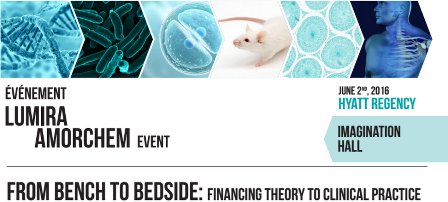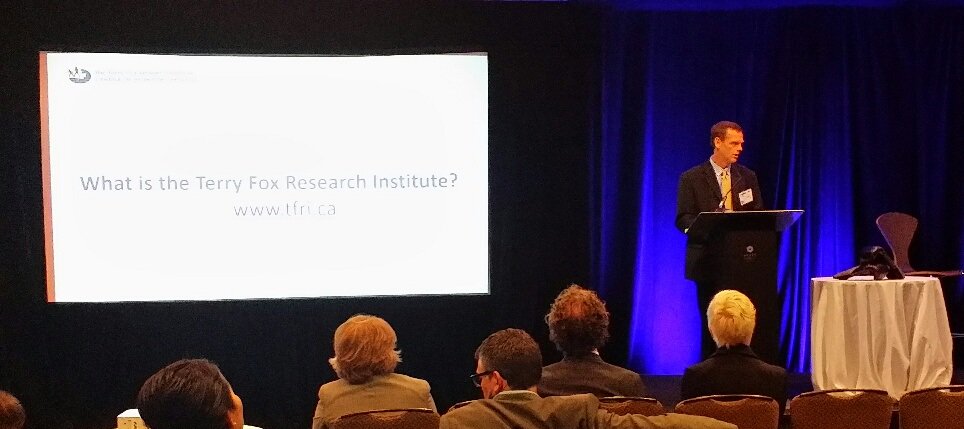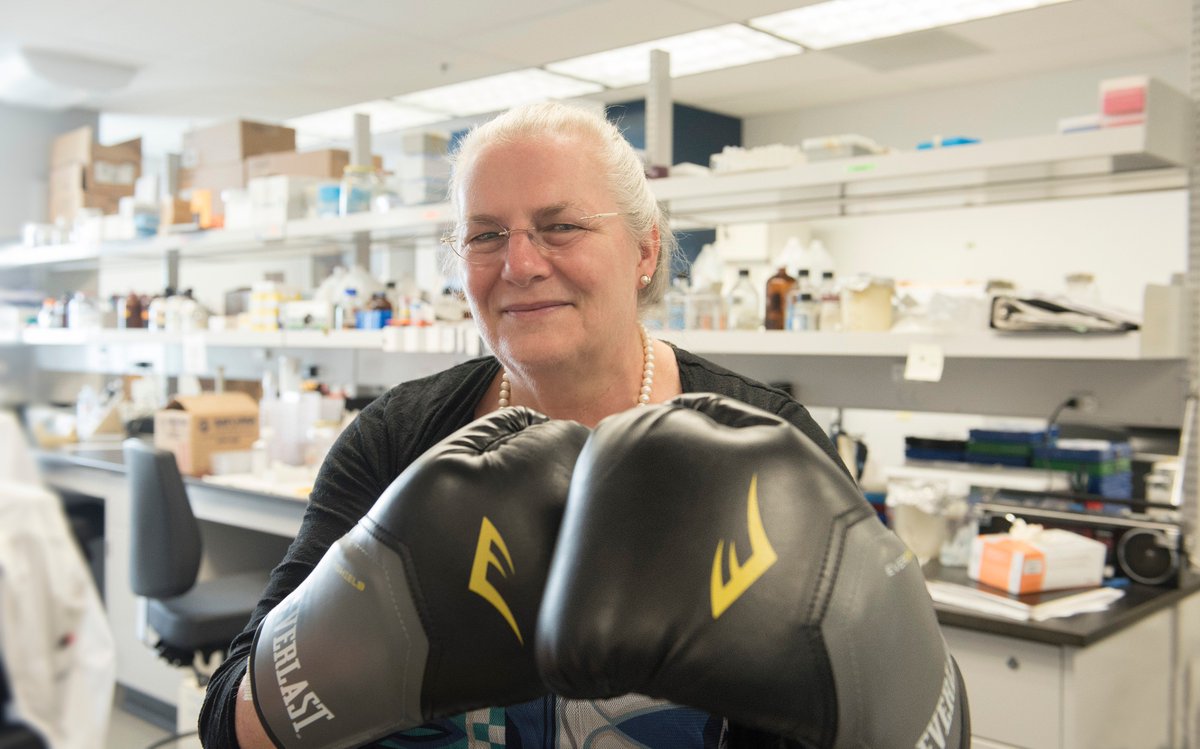
Summer 2016 at last, and maybe it's time to ease off on the gas a little, and partake of these amazing days and nights before the always-too-soon and inevitable fall into autumn, and the even more inevitable cocooning of deepest, darkest winter. At this very time, we have Brexit, Euro 2016, Shark Week (!) and the Montreal Jazz Fest as collective distractions from the daily grind, to name but a few!
Ahhh, Brexit. Don't get me started! You know, something about both Brexit and Frexit have gotten me thinking about a word that is a common thread in both, but I will get to that in a second. Frexit, you ask? Well, Brexit was the British exit from Europe, and Frexit was the British exit from France and Euro 2016! Both results were extremely traumatic outcomes, the aftershocks of which will be felt for eons to come, if not longer.
The British exit from the European Union as well as England's crushing defeat at the hands of tiny Iceland in Euro 2016 are staggering indictments of the nation's inability to be part of a team, both internationally, as well as nationally. Yes, it is the United Kingdom of England, Scotland, Wales and Northern Ireland, but how much "team" is there actually in that?
Wales voting to leave may have surprised some "over here", but the crisis over the Tata Steel plant in Port Talbot, affecting some 4,000 jobs (11,000 UK wide), must have had an impact. The UK government was tepid if not downright anaemic in lifting a finger to save the plant, and that did not go down well at all. In many ways the Welsh protest vote was mirrored rather unbelievably on English soil itself, with many so certain the vote would be to remain that they issued anti-establishment leave votes that ended up tipping the scale in the other direction.
The Scots and the Irish voted to remain in the union, in total contrast to England, so what does that tell you? Additionally, the northern Irish (to a historically much greater and way more violent extent) and the Scots, have each tried their damnedest to get out of that particular union. It has never worked, because England might be quick to leave a union that does not belong to them, but centuries pass before they ever give back something that didn't belong to them in the first place!
England just never was a good team player; they have been independent for too long and the legacy is too strong to facilitate the type of role that being a member of a European conglomerate dictates. Further, the impact of eased immigration and foreign workers (often perceived as being anti-British) swarming the country has added fuel to the fire of those xenophobic voices that in Trumpspeak want "to make England great again!" The populist voice has rarely resonated deeper than in 2016, it seems.
You can argue back and forth about the pros and cons of being in or out, but it is unquestionable that with the UK leaving the union, there will follow a period of financial instability and insecurity; not least due to reduced investment in business in the UK, which has already manifested itself with various big banks restructuring and relocating workers out of UK HQ offices in anticipation of the chaos. The markets reacted similarly, and while it is too early to say, it is possible that a full-blown recession could be on the UK menu. Today's news that Europe's biggest airline, Ireland's Ryanair, will now shift investment away from the UK and focus on Europe, backs up provocative CEO Michael O'Leary's pre-Brexit threats.
The Scots and the Irish voted to remain in the union, in total contrast to England, so what does that tell you? Additionally, the northern Irish (to a historically much greater and way more violent extent) and the Scots, have each tried their damnedest to get out of that particular union. It has never worked, because England might be quick to leave a union that does not belong to them, but centuries pass before they ever give back something that didn't belong to them in the first place!
England just never was a good team player; they have been independent for too long and the legacy is too strong to facilitate the type of role that being a member of a European conglomerate dictates. Further, the impact of eased immigration and foreign workers (often perceived as being anti-British) swarming the country has added fuel to the fire of those xenophobic voices that in Trumpspeak want "to make England great again!" The populist voice has rarely resonated deeper than in 2016, it seems.
You can argue back and forth about the pros and cons of being in or out, but it is unquestionable that with the UK leaving the union, there will follow a period of financial instability and insecurity; not least due to reduced investment in business in the UK, which has already manifested itself with various big banks restructuring and relocating workers out of UK HQ offices in anticipation of the chaos. The markets reacted similarly, and while it is too early to say, it is possible that a full-blown recession could be on the UK menu. Today's news that Europe's biggest airline, Ireland's Ryanair, will now shift investment away from the UK and focus on Europe, backs up provocative CEO Michael O'Leary's pre-Brexit threats.
There was something truly ironic that during more or less the same week, England saw both their PM resign, as well as the immediate resignation of the manager of the nation's beloved/beleaguered soccer team following a disgraceful defeat at the hands of "a country with more volcanoes than professional footballers". Quite how this came to pass boggles the mind, but what seemingly everyone agrees on is that England players are not a team.
Make that, England historically plays not as a team, which describes both scenarios rather well, I think. Watching the game against Iceland was a cringeworthy affair whose clearest conclusion was that taking eleven domestic football stars and combining them in one dream team and expecting something great - is just that - dreaming. You can take the individual out of England, but you can't tale the individual out of the boy. It was a group of eleven star individuals, who got trampled by eleven more-or-less unknowns who learnt and understand the value of true teamwork.
Some people get that point, and others are incapable of seeing it. In fact, one could say that in professional sports, certain big stars are encouraged to be somewhat selfish in the hunt for the goals, even if it's still a team sport and you can't win on your own. But English soccer suffers from a rather unique malaise that involves collecting players who play great team football domestically, but just cannot play together internationally.
It's hard to understand the reasons why, but it appears to represent the intensity of domestic competition reaching over into the national team, wherein players who compete fiercely against other on rainy Saturday afternoons cannot play together, period. Or maybe as some suggest, they have so much fame and make such ridiculous amounts of money from their day job, that the hunger just isn't there, anymore. Either way, I am convinced there is a psychological aspect to the English malaise internationally, and until that is addressed, no amount of coaching or no endless flow of new managers is going to achieve very much.
The interesting point from a business standpoint is that of course we are all in the midst of related situations every day of the week. Most of us work in teams, big and small, and are surrounded by a diverse group of individuals, some of whom maybe are recognised as stars, some as hard to work with, some eccentric, etc etc. As easy as it is to fall into the deep silos of modern office life, it is worth using the England soccer malaise (or other example) as an analogy and taking something productive out of it.
England recently proved that having eleven individual superstars who don't work well together is a recipe for disaster, while tiny Iceland recently proved that a real team of eleven individuals working collectively as a group can do the nearly impossible. There is strength in numbers, small and big, when the numbers are aligned and all pulling in the same direction. Individuals can still shine inside the team framework, but the team result comes before the individual result, always.





